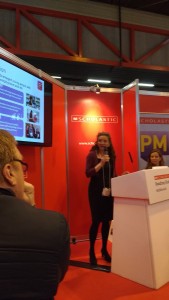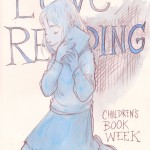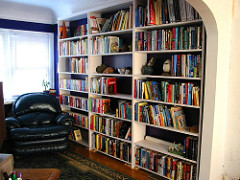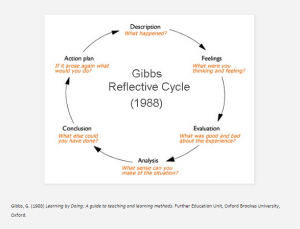For many people in education circles this is the high point of the year. For three days the NEC in Birmingham is humming to the sound of teachers, students, school leaders and yes, even us governors. It is a place where you can get to grips with the finer details of the curriculum or Pupil Premium and then spend a while choosing some stickers for use as incentives, or a new stash of felt tip pens.
I decided to go on Friday the 18th for several reasons but the main one was the range of subjects in the workshop programmes. Given that my main interest is in literacy and reading for pleasure, it seemed sensible to attend on a day that the workshops followed this thread.
For those who have never been before there are several things that I suggest you do:
- Wear very comfortable shoes
- plan your schedule for talks
- know what stalls you want to visit
- know what you want to buy
- bring a trolley/cabin suitcase with you.
- come as a group if possible as you can divide and conquer more stalls
- Get there as early as you can
- loads of water!
For a librarian much of this was as natural as breathing air, but I think that it needs to be highlighted in some educational areas. Sheila Wood is a great speaker who talks a lot of common sense and I found myself mentally cheering many of her comments and observations. A fantastic speaker for any conference or training day.
| Get your school reading for pleasure |
“Working with reluctant readers can be a challenge for any teacher or parent, and can often feel frustrating. There are a huge number of Reading for Pleasure charities in the UK who aim to help, and who can offer top tips on becoming a Reading Ambassador in your school.”
Chairperson:
Emma House, Director of Publisher Relations, The Publishers Association
Speaker(s):Sheila Wood|Louise Johns-Shepherd, Chief Executive, CLPE|Claire Styles, Programme Manager, The Reading Agency |Cath Boulton, Head of Schools Business Development,National Literacy Trust |Jennie Albone, Head of Schools Programmes, BookTrust“
This joint session gave the various organizations a chance to show the audience what they are about and how 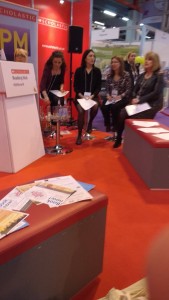 they can help those working in education. I have been lucky enough to work with several of these charities over the years and they are all well known for some major projects. However they all develop new programmes over the years, in order to cope with the changes in society, so this was an opportunity to find out about new activities that they will be promoting in the coming year.
they can help those working in education. I have been lucky enough to work with several of these charities over the years and they are all well known for some major projects. However they all develop new programmes over the years, in order to cope with the changes in society, so this was an opportunity to find out about new activities that they will be promoting in the coming year.
Apart from these sessions I also spent a lot of time walking around the exhibitions and especially those that were associated with publishing. It was good to meet up with friends from various publishers and to also ask questions at stands such as the National Memorial Arboretum and Teach Primary. All told it was a very tiring and yet worthwhile day and I really would recommend it to anyone associated with education.

